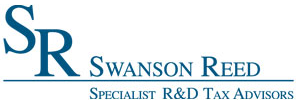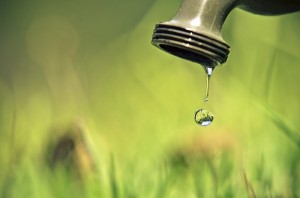ALASKA INVENTIONINDEX | JULY 2025
July 2025: 0.81% (D+ grade)

Alaska inventionINDEX July 2025: 0.81% (D+ grade)
The inventionINDEX measures innovation output by comparing GDP growth with patent production growth.
Anything over C grade is positive sentiment; anything under C is negative outlook/sentiment. Using that sentiment, it is possible to observe trends over time, and also compare states/countries. In doing so, we can predict which states have the best chance to recover economically from the pandemic (or any other economic incident that may occur).
Alaska inventionINDEX Scores – Last 12 months
| Month | inventionINDEX Score |
| July 2025 | 0.81% |
| Jun 25 | 0.81% |
| May 25 | 0.81% |
| Apr 25 | 1.17% |
| Mar 25 | 0.44% |
| Feb 25 | 0.44% |
| Jan 25 | 0.81% |
| Dec 24 | 0.44% |
| Nov 24 | 0.81% |
| Oct 24 | 1.17% |
| Sep 24 | 0.44% |
| Aug 24 | 0.44% |
| Jul 24 | 0.81% |
Based on the historical data for the last 60 months, the Alaska inventionINDEX has shown a noticeable variation in its performance. The most recent period, culminating in July 2025, shows a consistent inventionINDEX Score of 0.81% and a rating of D+. This score has been held for the past three months, indicating a period of stability, albeit at a lower rating. When compared to the historical average, this score is on the lower end of the spectrum, with scores having reached as high as 2.65% in November 2021 and March 2021, and as low as 0.44% on multiple occasions. The historical table reveals a pattern of fluctuation between these high and low points, suggesting that the state’s inventive output is not consistently high, but rather experiences periodic peaks.
A higher inventionINDEX grade, such as the A+ and B+ ratings observed in previous periods, can be a strong indicator of a thriving innovation ecosystem. These elevated scores likely reflect a period of increased patent filings, significant breakthroughs, or a greater number of high-quality inventions being developed and commercialized. Such a robust inventive environment can have numerous positive outcomes for the state. It can attract new investment capital, stimulate job growth in high-tech sectors, and enhance the state’s overall economic competitiveness on a national and global scale. The periods of higher scores, such as those seen in early 2021 and 2024, represent times when the state was likely at the forefront of inventive activity, capitalizing on the creativity and ingenuity of its population.
Conversely, a lower inventionINDEX grade, such as the D+ and F ratings that are prevalent in the data, suggests potential challenges within the innovation landscape. A sustained lower score could signal a slowdown in research and development, a decline in the number of new patents, or a less supportive environment for innovators. The implications of a consistently low score can be significant. It might lead to a stagnation of economic growth, a potential migration of talented individuals and companies to more innovative states, and a reduction in the state’s capacity to solve complex problems through new technologies and ideas. The frequent appearance of F ratings throughout the 60-month period highlights the need for a sustained effort to support and nurture inventive activity.
In conclusion, the historical table for the Alaska inventionINDEX provides a valuable long-term perspective on the state of innovation. The scores and ratings serve as a critical barometer, revealing periods of both robust inventive output and relative stagnation. While recent scores are stable, they are not indicative of a peak performance period. Understanding the factors that contribute to both the high and low scores is essential for policy makers and business leaders to foster an environment that consistently encourages and rewards innovation. By learning from past successes and addressing the causes of lower scores, Alaska can work toward a future with a more consistently high inventionINDEX.
Discussion:
In July, the Alaska inventionINDEX scored a negative sentiment which was higher than the previous year’s average but underperformed the upward trend for the year. This is similar to the prior 12 months, which experienced an upward trend.
As the economy continues to stabilize in the post-pandemic era, it remains uncertain whether any backlog of applications still exists or if the department has returned to normal processing timelines. The inventionINDEX could also be affected by lingering consequences from the pandemic, such as company closures, reduced workforces, and limited R&D capabilities, which may still be impacting current operations.
Learn More:
Are you thinking of patenting any of your bright ideas? Did you know your research work could be eligible for the R&D Tax Credit and you can receive up to 14% back on your expenses? To find out more, please check out our free online eligibility test.
Swanson Reed’s Alaska office provides R&D tax credit consulting and advisory services to Anchorage, Fairbanks, Juneau, Sitka and Wasilla.
Feel free to book a quick teleconference with one of R&D tax specialists if you would like to learn more about R&D tax credit opportunities.
Who We Are:
Swanson Reed is the largest Specialist R&D tax credit advisory firm in the United States. With offices nationwide, we are one of the only firms globally to exclusively provide R&D tax credit consulting services to our clients. We have been exclusively providing R&D tax credit claim preparation and audit compliance solutions for over 30 years.
Swanson Reed hosts daily free webinars and provides free IRS CE and CPE credits for CPAs. For more information please visit us at www.swansonreed.com/free-webinars or contact your usual Swanson Reed representative.
What is the R&D Tax Credit?
The Research & Experimentation Tax Credit (or R&D Tax Credit), is a general business tax credit under Internal Revenue Code section 41 for companies that incur research and development (R&D) costs in the United States. The credits are a tax incentive for performing qualified research in the United States, resulting in a credit to a tax return. For the first three years of R&D claims, 6% of the total qualified research expenses (QRE) form the gross credit. In the 4th year of claims and beyond, a base amount is calculated, and an adjusted expense line is multiplied times 14%. Click here to learn more.
R&D Tax Credit Preparation Services
Swanson Reed is one of the only companies in the United States to exclusively focus on R&D tax credit preparation. Swanson Reed provides state and federal R&D tax credit preparation and audit services to all 50 states.
If you have any questions or need further assistance, please call or email our CEO, Damian Smyth on (800) 986-4725.
Feel free to book a quick teleconference with one of our national R&D tax credit specialists at a time that is convenient for you.
R&D Tax Credit Audit Advisory Services
creditARMOR is a sophisticated R&D tax credit insurance and AI-driven risk management platform. It mitigates audit exposure by covering defense expenses, including CPA, tax attorney, and specialist consultant fees—delivering robust, compliant support for R&D credit claims. Click here for more information about R&D tax credit management and implementation.
Our Fees
Swanson Reed offers R&D tax credit preparation and audit services at our hourly rates of between $195 – $395 per hour. We are also able offer fixed fees and success fees in special circumstances. Learn more at https://www.swansonreed.com/about-us/research-tax-credit-consulting/our-fees/
Choose your state


















